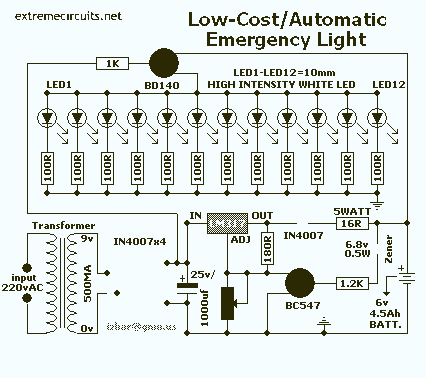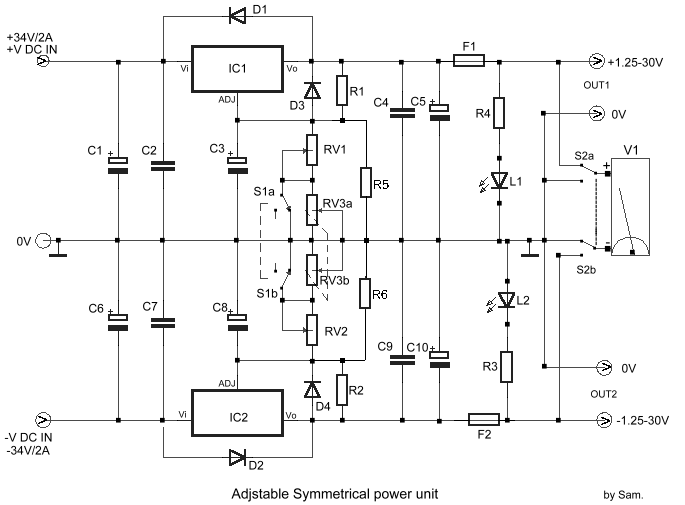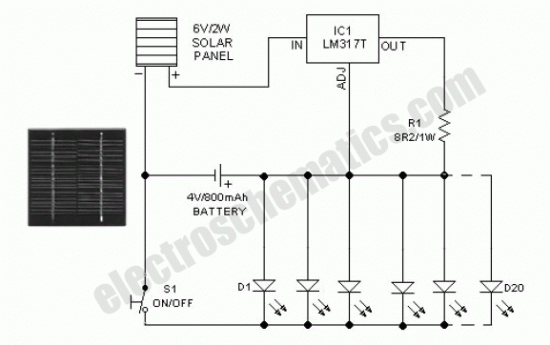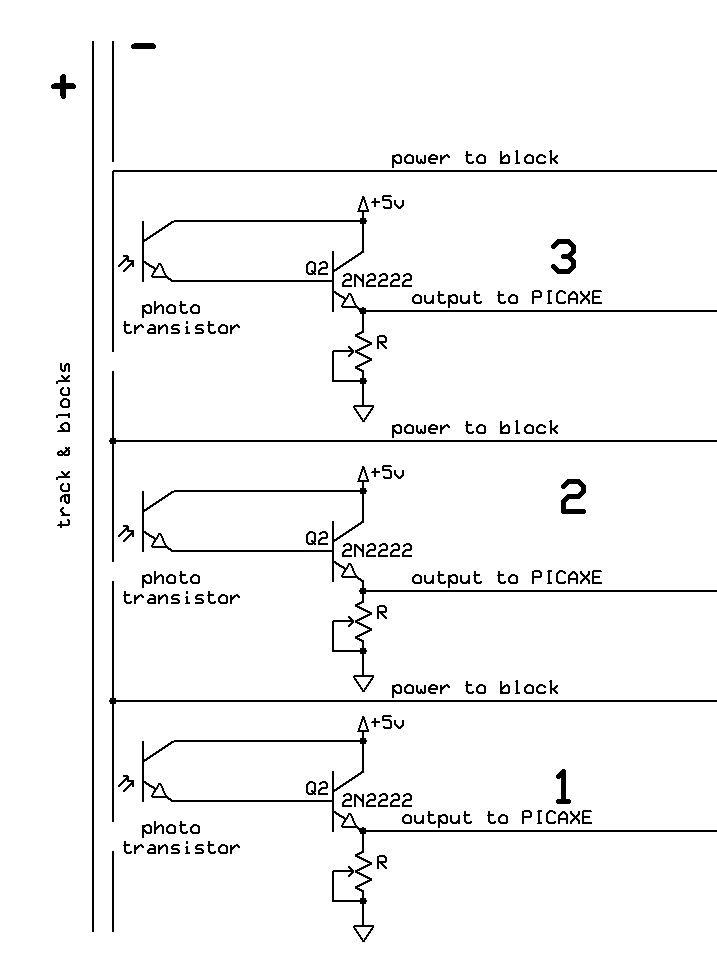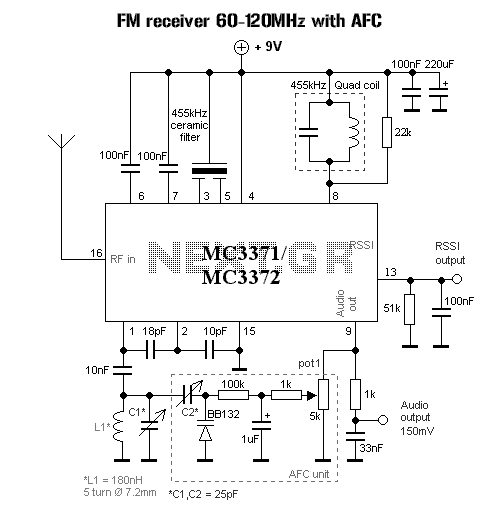
Automatic Light DimmerCircuit Using 1N4007 Diode
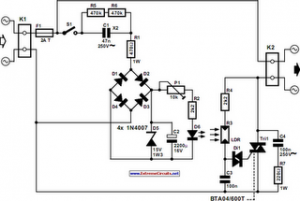
The following circuit illustrates an Automatic Light Dimmer Circuit Diagram utilizing a 1N4007 diode. Features include integration within a wall-mounted box.
The Automatic Light Dimmer Circuit is designed to adjust the brightness of a light source automatically based on ambient light conditions. The core component, the 1N4007 diode, serves as a rectifier within the circuit. This diode is known for its high reverse voltage capability and robustness, making it suitable for various electronic applications.
The circuit typically includes a light-dependent resistor (LDR) which detects the intensity of light in the environment. When the ambient light level decreases, the resistance of the LDR increases, triggering the dimming function. A transistor is often used to control the light’s intensity based on the voltage drop across the LDR. As the LDR's resistance changes, it affects the base current of the transistor, allowing it to either conduct more or less current to the connected light source, thereby dimming or brightening the light as needed.
Additionally, a potentiometer may be integrated into the circuit to allow manual adjustment of the sensitivity of the LDR, providing users with the flexibility to set the dimming threshold according to their preferences. The entire assembly is typically housed in a wall-mounted box for aesthetic integration into home or office environments.
This Automatic Light Dimmer Circuit is particularly beneficial in energy conservation, extending the life of light bulbs, and enhancing the comfort of indoor lighting by providing a more adaptable lighting solution.The following circuit shows about Automatic Light Dimmer Circuit Diagram using 1N4007 Diode. Features: built into a wall-mounted box containing . 🔗 External reference
The Automatic Light Dimmer Circuit is designed to adjust the brightness of a light source automatically based on ambient light conditions. The core component, the 1N4007 diode, serves as a rectifier within the circuit. This diode is known for its high reverse voltage capability and robustness, making it suitable for various electronic applications.
The circuit typically includes a light-dependent resistor (LDR) which detects the intensity of light in the environment. When the ambient light level decreases, the resistance of the LDR increases, triggering the dimming function. A transistor is often used to control the light’s intensity based on the voltage drop across the LDR. As the LDR's resistance changes, it affects the base current of the transistor, allowing it to either conduct more or less current to the connected light source, thereby dimming or brightening the light as needed.
Additionally, a potentiometer may be integrated into the circuit to allow manual adjustment of the sensitivity of the LDR, providing users with the flexibility to set the dimming threshold according to their preferences. The entire assembly is typically housed in a wall-mounted box for aesthetic integration into home or office environments.
This Automatic Light Dimmer Circuit is particularly beneficial in energy conservation, extending the life of light bulbs, and enhancing the comfort of indoor lighting by providing a more adaptable lighting solution.The following circuit shows about Automatic Light Dimmer Circuit Diagram using 1N4007 Diode. Features: built into a wall-mounted box containing . 🔗 External reference
